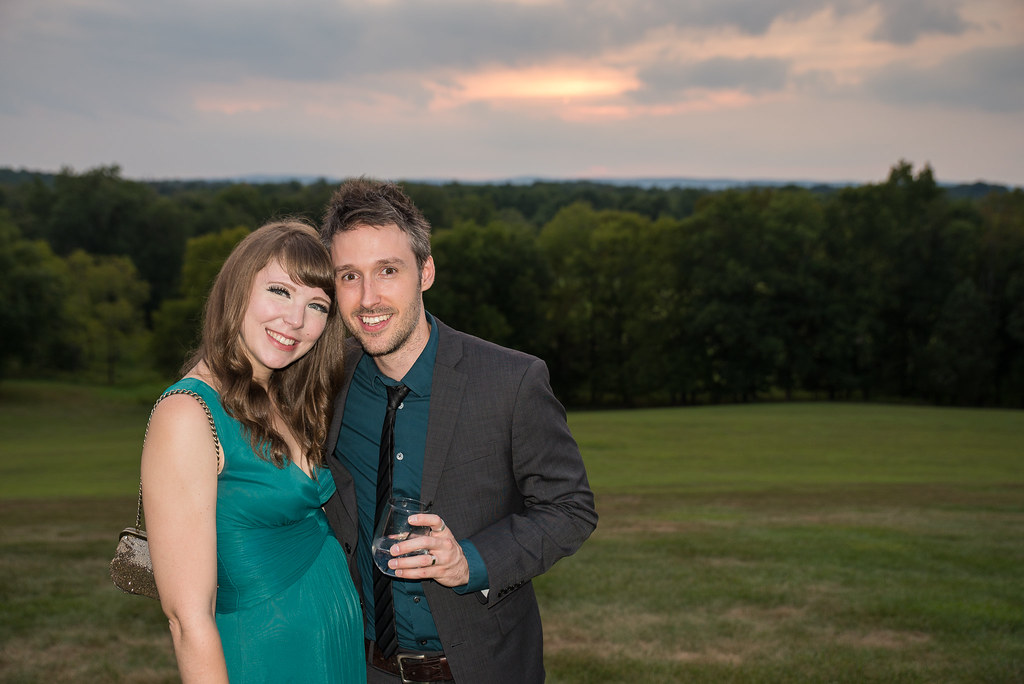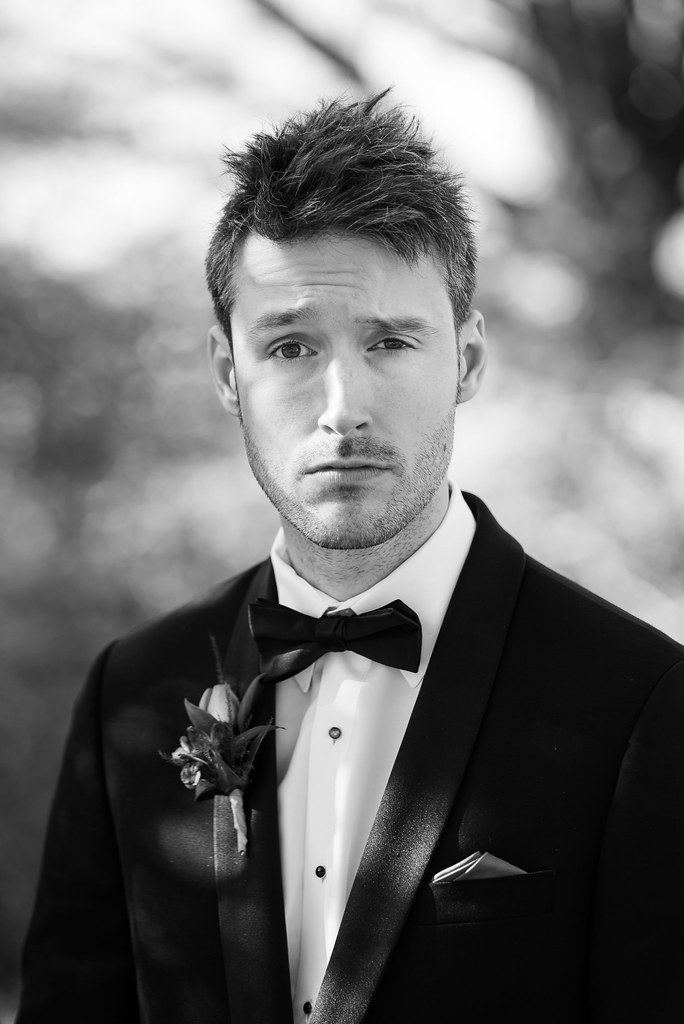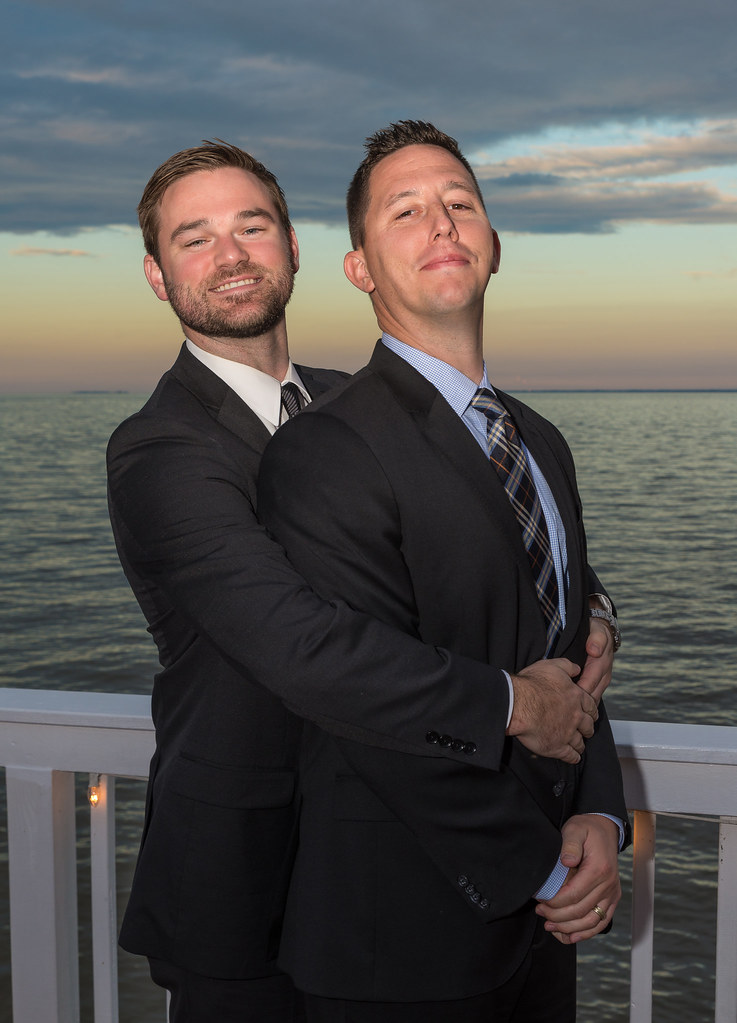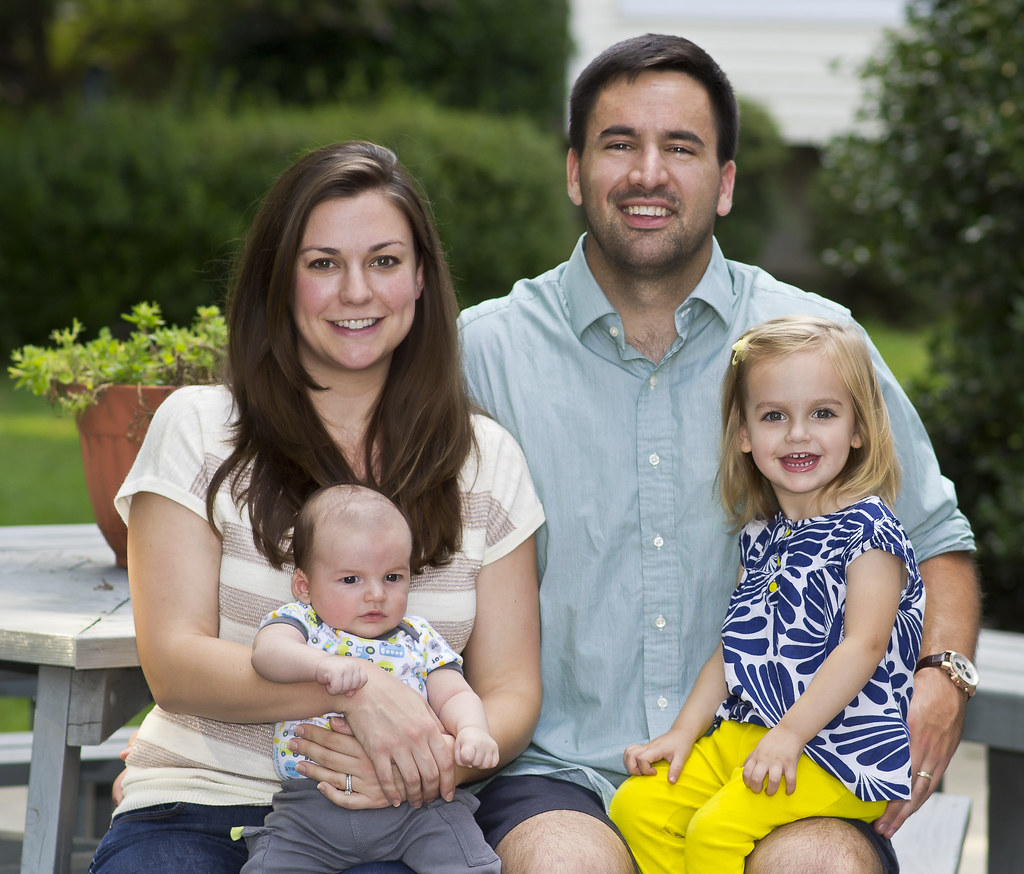- Joined
- Mar 18, 2013
- Messages
- 16,159
- Reaction score
- 17,016
- Location
- Boston
- Can others edit my Photos
- Photos OK to edit
- Moderator 🛠️
- #1
I bought a speedlight a while ago but never really used it other than some smoke shots that I fooled around with. While the manual tells me how to change the settings, there really is nothing in it that tells me how to determine what settings to use. I have a family trip coming up next week and I'm looking for a crash course in how/why/when on using the speedlight as fill flash. Many of the photo ops for this trip will be in full daylight and I'd like to avoid the shadowed faces issue. These will all be pretty casual shots, just looking for general info to get me started. Any suggestions/links/websites? It's a Neewer 750II and I'm using a Nikon 7100.
I did pick up a copy of Light Science & Magic but after glancing through, it seems more geared toward studio lighting...
TIA for any suggestions.
I did pick up a copy of Light Science & Magic but after glancing through, it seems more geared toward studio lighting...
TIA for any suggestions.

















